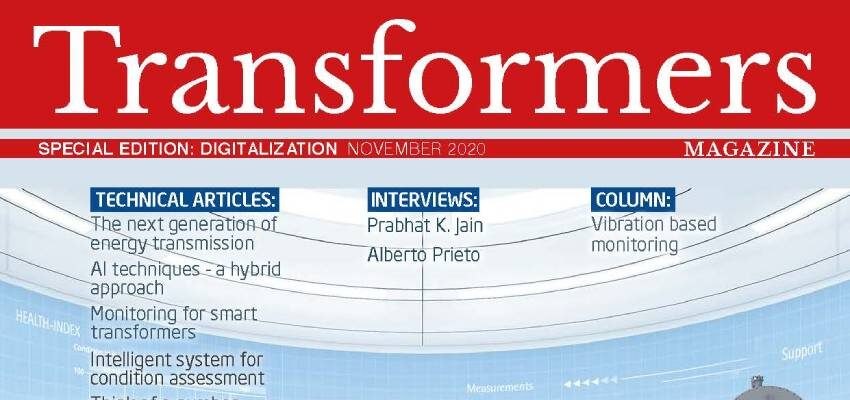
Editorial Message
Even though digitalisation is today's buzzword, yet I often hear people asking what it exactly represents in the field of transformers
byMladen Banovic, Editor-in-Chief

Dear Readers,
Digitalisation as the subject for this year’s special edition has been chosen by the readers and that gives it the highest relevance.
Even though digitalisation is today’s buzzword, yet I often hear people asking what it exactly represents in the field of transformers. So, I am taking the liberty of attempting to explain it.
Looking back, I recall many examples where processes have been changed, step by step, from traditional to digital. Over time, the extent of the changes has grown, creating a common trend of making things digital(ly). Therefore, digitalisation is not something that has materialised out of thin air. Rather, it is a culmination of different processes that have been evolving over the last two or three decades, or even longer.
Even though digitalisation is today’s buzzword, yet I often hear people asking what it exactly represents in the field of transformers
My personal experience is similar as I have been fortunate to participate in some of these processes. More than 20 years ago, I wrote my graduation thesis on automation of transformer testing. This was a project where we automated, i.e. digitalised, all factory tests so that at the end of a test you were able to press a button and get all necessary reports. Anyone who knows how a traditional test, for example a heat run test, used to be conducted, how data used to be processed manually, and how a report used to be created, will very well understand the advantages of digitalised testing.
I have also worked in monitoring, and we have developed solutions for comprehensive transformer monitoring that enabled communication with sensors, insight into many transformer parameters from any (remote) location, cooling control, etc., and this was also the subject of my master thesis.
Even then, and that was some fifteen year ago, it was obvious that digitalisation of many parameters created many opportunities, like extraction of knowledge on operation conditions that had not been available before, a possibility to controllably overload a transformer using digital models that we now call digital twins, etc. At the same time, the amount of generated data led to a need for digital analytics and diagnostic tools, and this was the subject of my PhD thesis, ten years ago. In the meantime, I have also worked on digital tools for simulation of electric, magnetic, and thermal phenomena in transformers as well as on transformer designing tools.
For years, researchers have worked in these and other areas, paving the path of doing the things in a digital manner, such as integration of the design, manufacturing, and testing functions, remote setup and maintenance of manufacturing machines, digitalisation of documentation, etc. In transformer operation, there are digital solutions for fleet condition assessment and asset management, predictive or condition-based maintenance, etc.
All these individual processes have evolved to such a great extent, opening up a plethora of opportunities for things not even imaginable until recently, not only in the field of technology, but also in reference to new business models. So, this is what we have aimed to tackle in this edition, and I am glad that we have collected great materials: two interviews and sixteen articles that will clarify many details and reduce the gap in understanding between digital solution creators and potential users.
We look forward to working with you on new joint projects very soon.
Take care and enjoy your reading!







